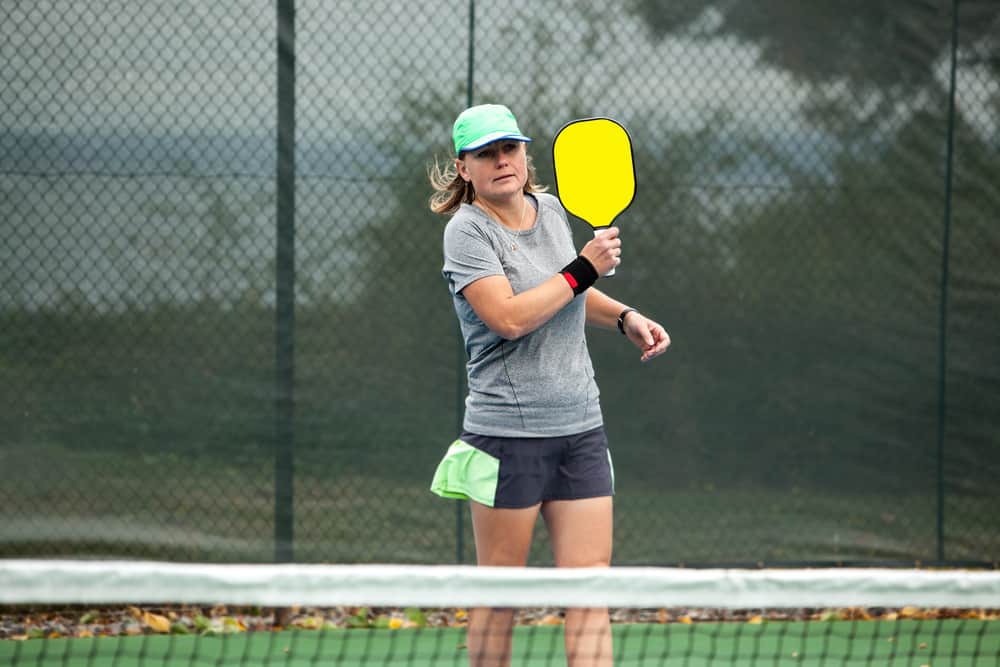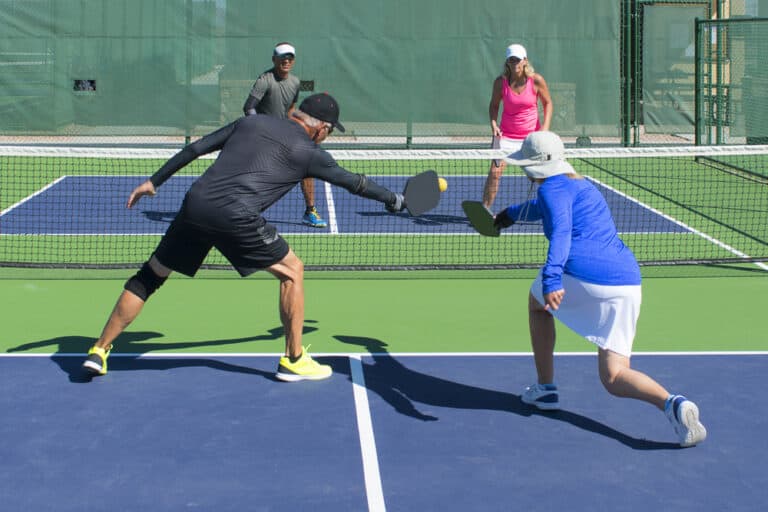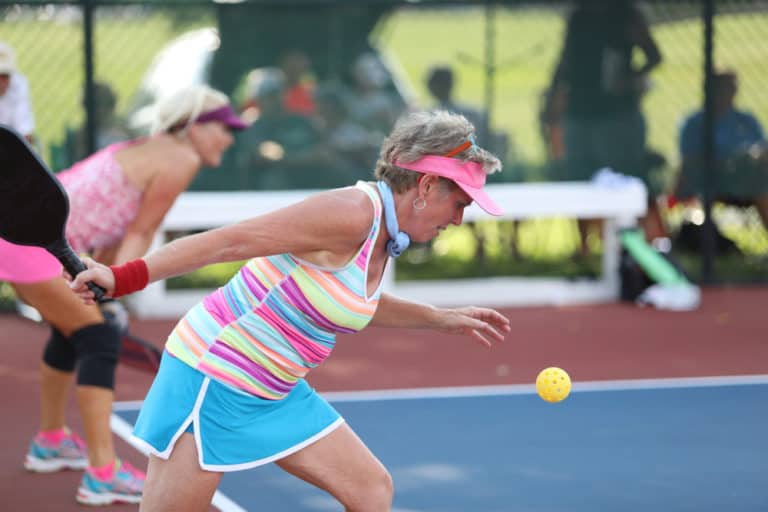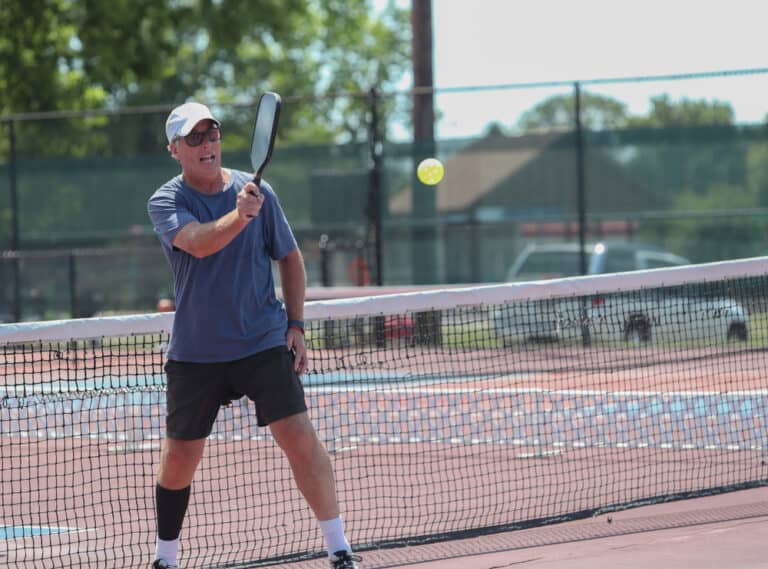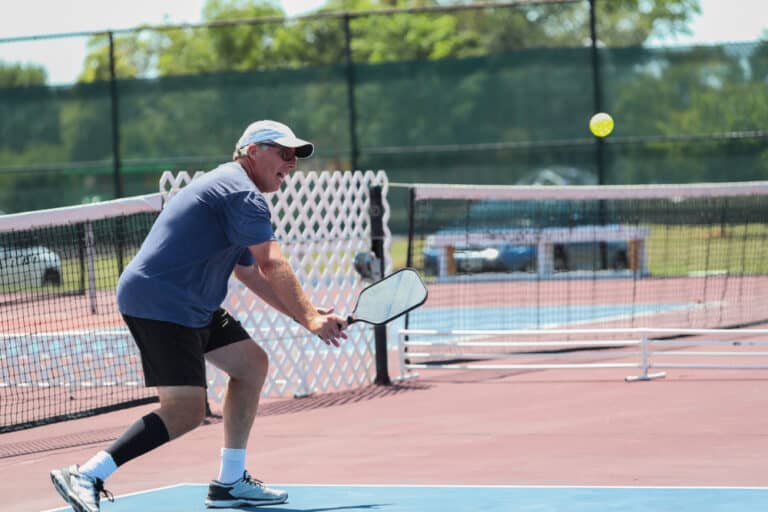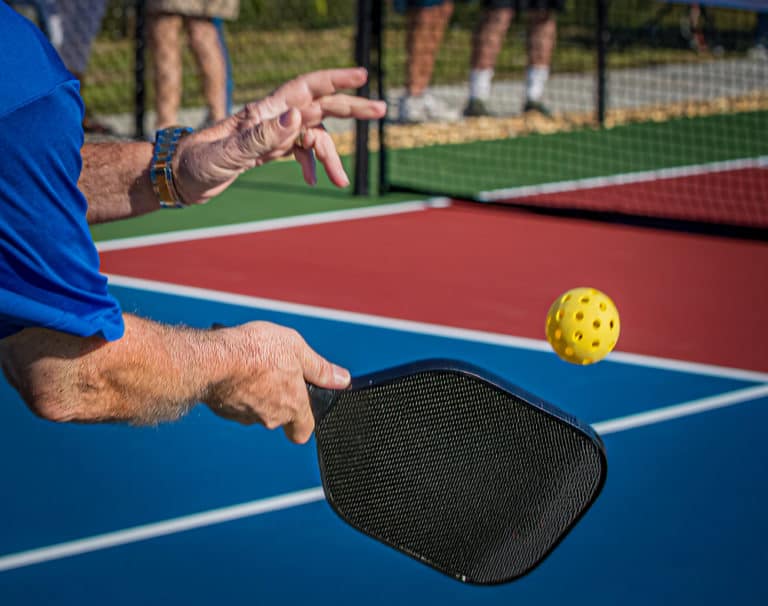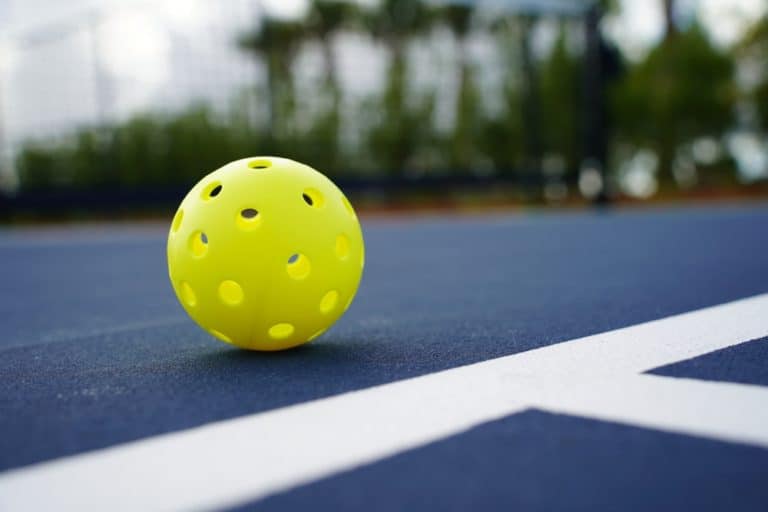Does Cold Weather Affect Pickleball Paddles?
Sometimes you cannot afford to wait out the cold weather, and you have no choice but to go out there and play pickleball in the cold. Like most things, pickleball gear can be affected by harsh conditions, so players who live in cold areas or enjoy playing during winter must exercise caution, or their equipment will suffer.
Cold weather negatively affects pickleball paddles. A paddle’s core and face are vulnerable to extreme cold and can potentially crack. Players should store their paddles in places that do not get too cold. Exposure to hot temperatures should also be avoided, as the core can soften and delaminate.
People who love to play pickleball but live in cold areas have no choice but to play in these tough conditions, especially if there are no indoor courts around. Though playing in the cold is an option for pickleball players, they need to watch for their gear, as, like most things, pickleball paddles are affected by cold temperatures.
How Does Cold Weather Affect Pickleball Paddles?
Unfortunately, cold weather can negatively impact all sorts of equipment, and pickleball paddles are no exception. Though it is easy to forget, you should try to remember that your paddle is not unaffected by the elements.
Pickleball paddles, specifically their core, are vulnerable to extremely cold temperatures. Extreme cold weather can cause the paddle’s face and core to crack as they become brittle. To avoid this, you should store your pickleball paddles in places within your home that do not get too cold, especially if you live in a typically cold area.
Do not forget to take your paddle out of the car’s trunk during cold weather. Also, storing your paddle in the garage is not recommended, especially during winter.
Does Heat Affect A Pickleball Paddle?
Like cold weather, high temperatures can affect your paddle’s structural integrity differently than the cold. Suppose you leave your paddle exposed to extremely high temperatures on a hot summer’s day. In that case, its core and face can soften and potentially trigger delamination, causing the core and paddle face to be separate from one another.
If you are playing on very hot days, remember to put your paddle in a shaded spot when not using it. Make sure not to leave it on the hot hard-court surface as this will surely end in disaster.
It should go without saying, but know that paddles do not get along with water. Their cores are designed so that water would be trapped if submerged, which would ruin the paddle.
How Long Do Pickleball Paddles Last?
How long a paddle lasts depends on multiple factors, such as the material used to make the paddle, how often you play, and your style of play. In terms of materials, a more expensive paddle made of strong carbon fiber should last longer than a cheaper graphite paddle.
Overall, a paddle can last anywhere from one (or less) year to five years, depending on the abovementioned factors. Competitive players usually get new paddles at least once a year, but it is not uncommon for some to switch every few months. The standard recreational player should be able to use a paddle for two to five years if not neglected.
Players who care for their paddles will see them last longer, but every paddle has natural wear and tear. Nowadays, the pickleball industry is advancing so quickly that paddles can become obsolete after just two to three years.
How Do You Tell If You Need A New Pickleball Paddle?
Sometimes it may not be obvious that you need to swap your current paddle for a new one, but there are some things you can look out for to know whether it is time to throw the old one out.
The sound your paddle emits when sticking the ball is a good indicator of the paddle’s quality. At some point, your paddle will make quite a different sound when hitting the ball than when you first used it. The change in sound is a sign that your paddle is ‘dead,’ especially if this change in sound occurs when hitting the sweet spot.
You can also check if your paddle has a dead spot by tapping on the paddle face with your knuckle. If you hear a hollow ring, you are good, but a dull sound suggests that the area you are tapping is less than optimal; these are called dead spots. It is normal for some parts of the paddle (the extremities) to be less optimal than the sweet spot; however, you should get a new paddle once these dead spots spread.
Pay attention to how the ball feels when hitting it; if the paddle starts to feel different than when you first bought it and lacks performance, it is time to get a new one.
How Long Do Pickleball Balls Last?
Similar to pickleball paddles, a pickleball ball’s life span will vary depending on its exposure. For players that enjoy overheads and power shots, a pickleball ball will not last longer than a few games, but players who play for control more than anything else can usually use their balls for more games.
It is difficult to estimate due to all the factors involved, but most pickleball balls should last anywhere from three to five games when used by competitive players. After that, you can still use the balls, but they will no longer have their initial performance.
How To Tell When A Pickleball Ball Needs To Be Replaced?
A ball loses its worth when you feel that it has lost its original pop and slowed down quite a bit.
What you can also do is spin the ball in your hand. If you notice that the ball is dented or does not spin the way a round ball should, you should get a new ball.
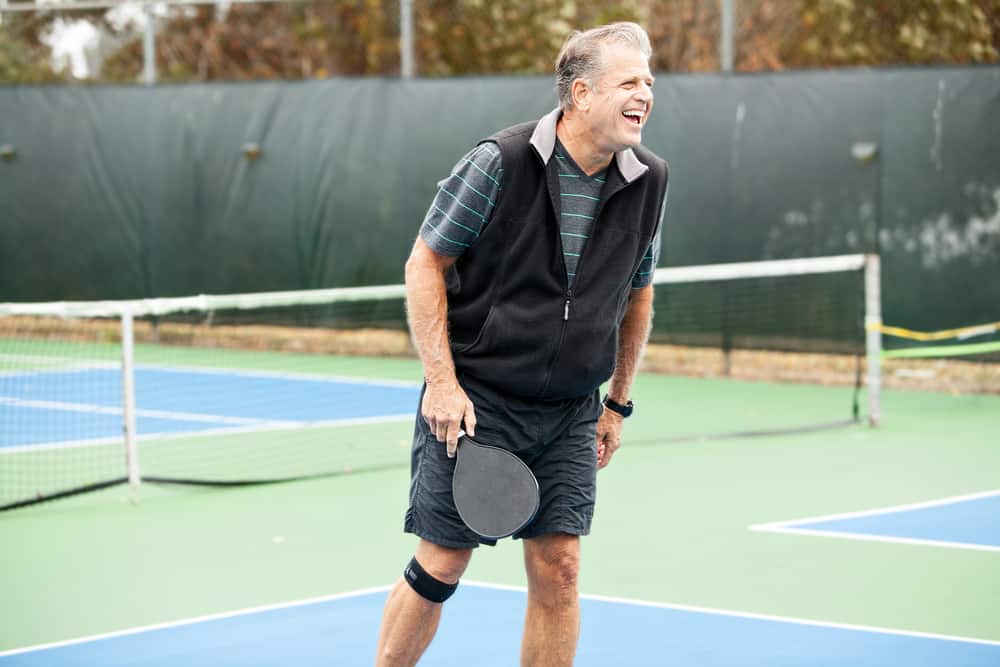
Can Pickleball Balls Handle Cold Weather?
Fortunately for those who live in cold weather, though pickleball balls are made of plastic that you think is fragile, some pickleball balls are specifically designed to be more durable against the harsh cold.
Pickleball balls come in different designs depending on whether you play indoors or outdoors. When playing in the cold outdoors, you need a ball with a soft surface and small holes.
Look for these pickleball balls if you are planning on playing pickleball in very cold weather.
- Wilson Tru 32 Pro. This ball is one of the most durable on the market and is great for winter play. The Wilson Tru 32 Pro is known for being a consistent ball on the court.
- Onix Fuse G2. This ball’s design and material are chosen with the intent to resist the cracking that comes with cold weather. It is heavier than most other balls, which helps it resist harsh conditions.
- Penn 40. This ball is the most expensive of the three, but it shows insane durability while giving amazing performance thanks to its softness. You cannot go wrong with this ball.
Conclusion
Like most sports equipment, pickleball paddles are suspectable to damage if left for too long in cold weather. So, pickleball players who want to avoid another trip to the pickleball store should take the necessary precautions to avoid catastrophe. Hot weather can also cause damage to a neglected paddle.
Luckily, players who regularly play in cold weather conditions can get pickleball balls that are durable and specifically suited for harsh conditions.

